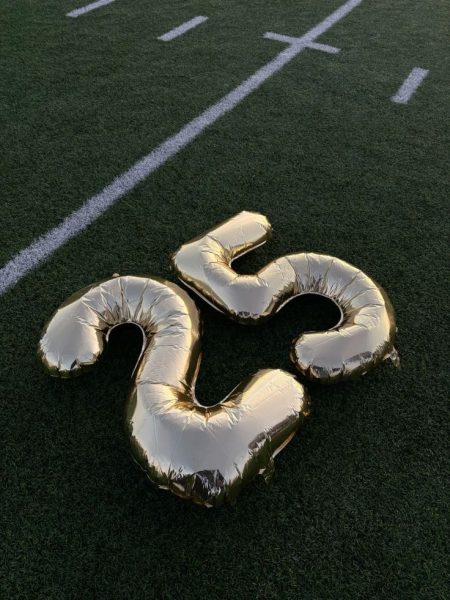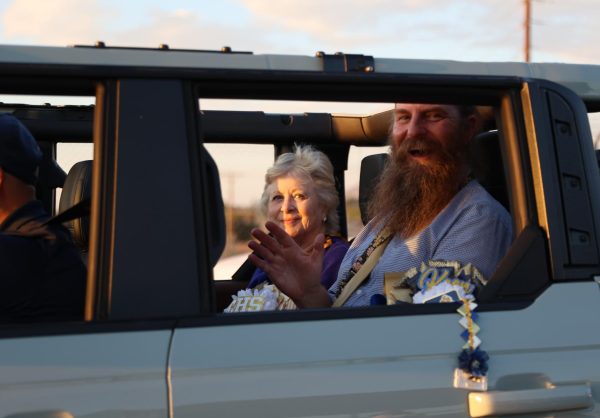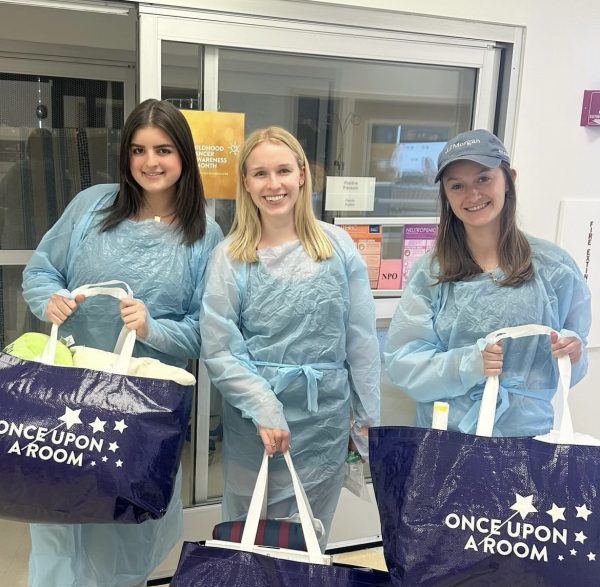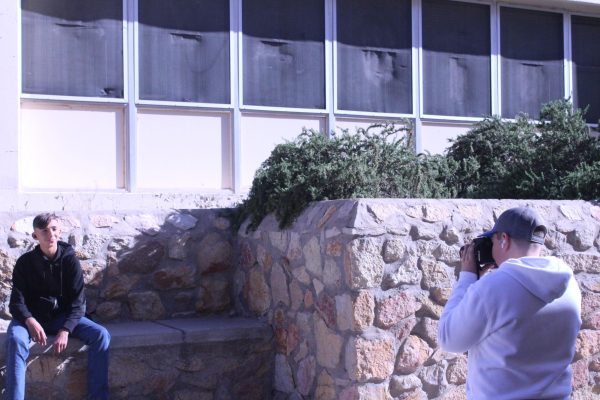How teachers have coped during the pandemic

Kimberly Haefner holds a class from home due to the pandemic. Learning to teach this way has been an adjustment, but she has found some aspects to be beneficial.
It has been over one year since the COVID-19 pandemic made its way to El Paso last spring. At that time, distance learning was a challenge for students and teachers alike, and there was certainly a learning curve when it came to effective virtual instruction. Now, more than one year in, many teachers have gotten used to this manner of teaching, but that does not mean there are no problems.
“When we initially began distance learning after spring break of last year, it was a real scramble for me,” yearbook teacher Kimberly Haefner said.
As the yearbook teacher, Haefner faced unique difficulties last year.
“It happened to be right during the time where we were finishing the yearbook,” Haefner said, “But we still had a lot of information left to gather.”
However, it wasn’t just yearbook that had to deal with the changes last year. Other teachers faced similar issues.
“It was difficult at first technology-wise for me, and then also coming up with lesson plans that didn’t involve our school computers, which I was used to using for all my classes,” digital design teacher Olga Camacho said. “The kids also seemed a little lost and confused.”
While Haefner was able to finish the yearbook, that was not the only challenge last year presented for her.
“It didn’t seem like the way we were told to conduct classes was a way where we could get all the students to actually show up and do work,” Haefner said. “There was a lot of uncertainty in the minds of the students and then finally we got it down to where the students were kind of taking it seriously, but then they found out that nothing was going to count and that they were going to finalize their grades from the last nine weeks. So then basically most of our students stopped coming because what was the point?”
Despite the challenges that came with it, Haefner eventually grew accustomed to distance learning.
“There are actually some things with my specific classes that have been beneficial,” Haefner said. “I don’t have to worry about kids spending all day in class talking to the person next to them. I also don’t have kids constantly trying to get my attention as much.”
Camacho also got used to distance learning. However, she made it clear that she wouldn’t want it under different circumstances.
“I’m definitely used to it now, and I think the students are used to it, but I think many of them don’t like it,” Camacho said. “Under the circumstances of a pandemic, I’m glad that we have it.”
Something that helped Haefner get used to distance learning were the changes made to it for this year, which Haefner thinks were positive.
“Luckily it changed and, starting with August, our attendance was pretty good,” Haefner said. “There were very few students failing and very few students that would miss conferences. I felt like it went pretty well and that the students and the school were taking it more seriously.”
However, distance learning this year still isn’t without its flaws. Just because grades are being counted does not guarantee that students will put in effort.
“There is still a segment of our population, especially as an elective teacher, there’s one of my classes in particular that is just for elective credit and that class does have a very high failure rate, and the students do show up, but they don’t do any work,” Haefner said.
Camacho also had difficulties when it came to keeping students motivated.
“I would say that the biggest problem now is that the students are feeling burnt out and detached, like ‘enough is enough,’ so trying to keep students engaged is the biggest problem I have now,” Camacho said. “It’s hard to keep them engaged in class and turning in assignments so they can pass.”
Teachers are offering students opportunities to raise their averages, but not all students are taking advantage of that.
“They’ve been offered make up work, but the ones who haven’t been doing anything don’t take those opportunities,” Haefner said.
Despite the challenges she faced, Haefner thinks she will miss remote instruction.
“I think I’ll miss distance learning when it’s gone,” Haefner said. “There are actually some things with my specific classes that have been beneficial.”
Camacho, however, doesn’t think this will be the case for her.
“I am very much looking forward to full in-person instruction,” Camacho said. “It was nice being at home, but I won’t miss distance learning.”
Still, Haefner does not want remote instruction to continue into next year.
“I would love to start next year from the beginning the way school normally is, as in face-to-face, everybody, 100%,” Haefner said.
The COVID-19 pandemic has changed education, but after one year, teachers have had time to get used to it. While it still isn’t perfect, teachers no longer struggle as much with the system, and may even miss it. However, many of them also want to return to school as normal once circumstances change.
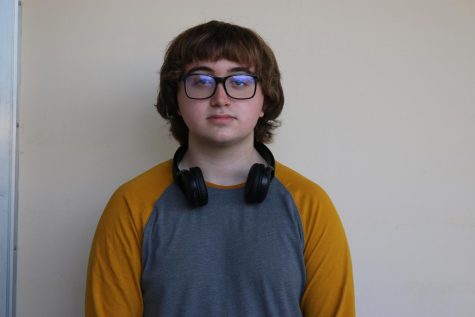
Joshua Haefner is a senior, and this is his third year in newspaper. His favorite part of newspaper is being able to see improvement in writers. He is...




